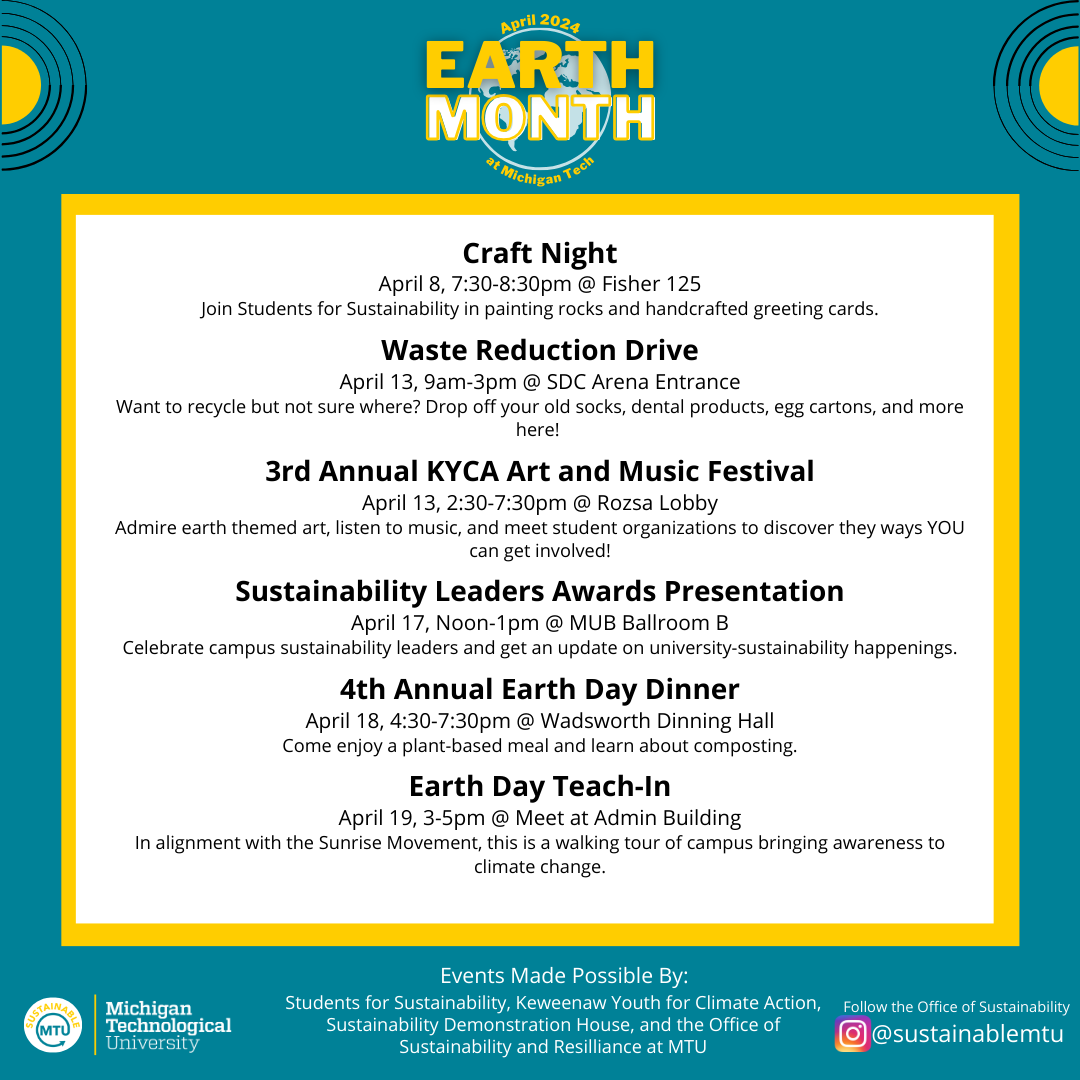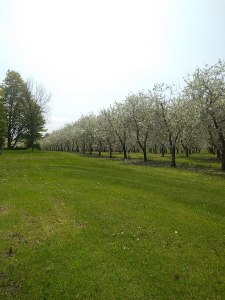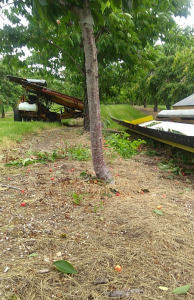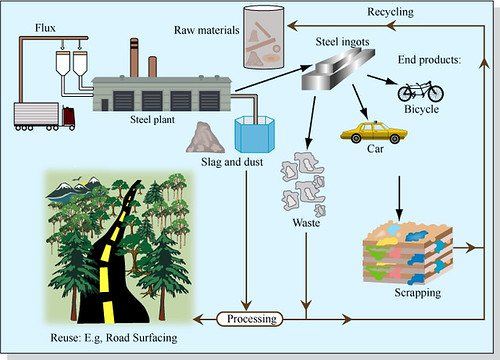This year, Michigan Tech celebrates the 2nd Annual Sustainability Month with a variety of events put on by our very own Students for Sustainability, Keweenaw Youth for Climate Action, the Sustainability Demonstration House, and the Office of Sustainability and Resilience. Check out the events below to join us in celebrating Earth Month!
- Craft Night ~ April 8, 7:30-8:30pm @ Fisher 125 Join Students for Sustainability for a chill craft night of painting rocks and making homemade cards with watercolor paints!
- Waste Reduction Drive ~ April 13, 9am-3pm @ SDC Arena Entrance Want to recycle but not sure where? Drop off your used deodorant tubes, dental products, razors, writing utensils, socks, and egg cartons to the SDC to have them recycled by our awesome sustainability leaders from the MTU Sustainability Demonstration House! Contact Kellin for details at kjgasser@mtu.edu
- 3rd Annual KYCA Art and Music Festival ~ April 13, 2:30-7:30pm @ Rozsa Lobby Last year was a huge success and we’re doing it again! Listen to local music, meet with sustainability-related enterprises and student organizations, admire earth-themed artwork, and learn about ways to become involved!
- Sustainability Leadership Awards Presentation ~ April 17, Noon-1pm @ MUB Ballroom B Celebrate campus sustainability leaders and get an update on university-sustainability happenings.
- 4th Annual Earth Day Dinner ~ April 18, 4:30-7:30pm @ Wadsworth Dinning Hall Come enjoy a plant-based meal and learn about composting.
- Earth Day Teach-In ~ April 19, 3-5pm @ Admin Building In alignment with the Sunrise Movement, join MTU students to walk in awareness of Climate Change.
For additional sustainability updates from Michigan Tech, follow the Office of Sustainability and Resilience on Instagram, @sustainablemtu .












